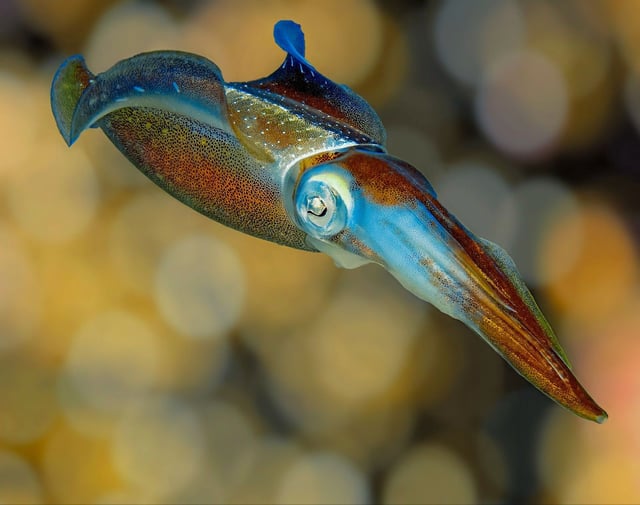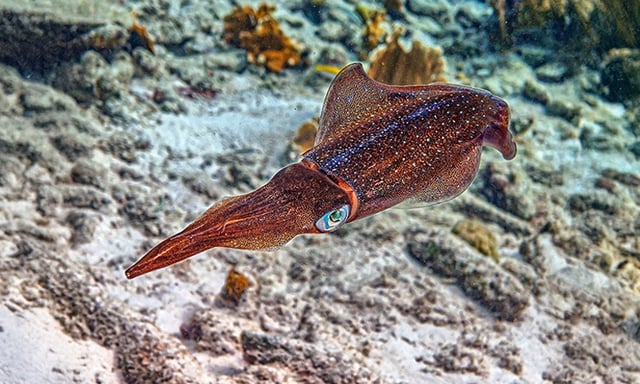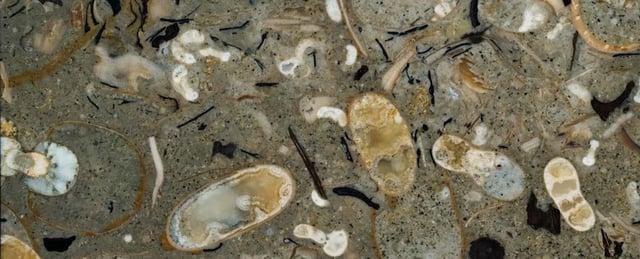Overview
- Researchers applied grinding tomography to a 100-million-year-old Japanese rock sample, capturing high-resolution layers to digitally reconstruct fossil contents.
- They identified roughly 1,000 fossilized cephalopod beaks, including 263 squid specimens representing 40 species new to science.
- Ancient squid beaks ranged from 1.23 to 19.32 millimeters in length, indicating sizes comparable to contemporaneous fish and ammonites.
- Discovery of both Myopsida and Oegopsida groups suggests modern squid lineages had already diversified by the Late Cretaceous.
- The findings imply that squids were the dominant swimmers of the Cretaceous seas and diversified long before the dinosaur extinction.



